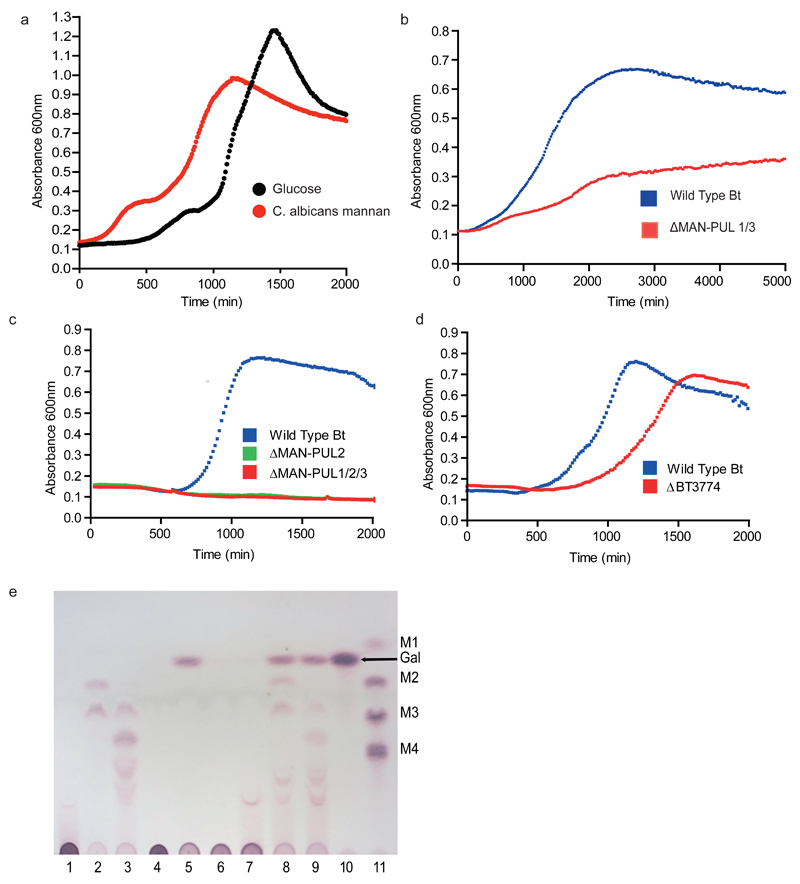Extended Data Fig. 1. The role of specific Bt PULs and enzymes in utilization of mannan from S. cerevisiae and other yeast species.
a, growth of wild type Bt on Candida albicans mannan and glucose. b, growth of wild type Bt and the mutant lacking PUL-Man1 and PUL-Man3 (ΔPUL-Man1/3) on Schizosaccharomyces pombe α-mannan. c, growth of wild type Bt, and the Bt mutants lacking Pul-Man2 (ΔPUL-Man2), or all three mannan PULs (ΔPUL-Man1/2/3) on S.cerevisiae α-mannan. d, displays the growth profile of wild-type Bt and the Bt mutant lacking bt3774 (Δbt3774) on S. cerevisiae mannan. In panels a, b, c and d, each point on the growth curve represents the mean of three biological replicates. e, enzymes at 1 µM at 37 °C were incubated with either undecorated α-1,6-mannan (derived from mnn2 mutant of S. cerevisiae), lanes 1-3, or mannan from S. pombe, lanes 4-9. Lanes 1 and 4, the mannans incubated in the absence of the enzymes; lanes 2 and 6, mannans incubated with the periplasmic mannanase BT3782, and in lanes 3 and 7 the surface mannanase BT3792; lane 5, S. pombe mannan incubated with the GH97 α-galactosidase BT2620; lanes 8 and 9, S. pombe mannan incubated with BT2620/BT3782 and BT2620/BT3792, respectively. Lane 10 galactose standard; lane 11 α-1,6-mannooligosaccharides: mannose (M1), mannobiose (M2), mannotriose (M3) and mannotetraose (M4).

